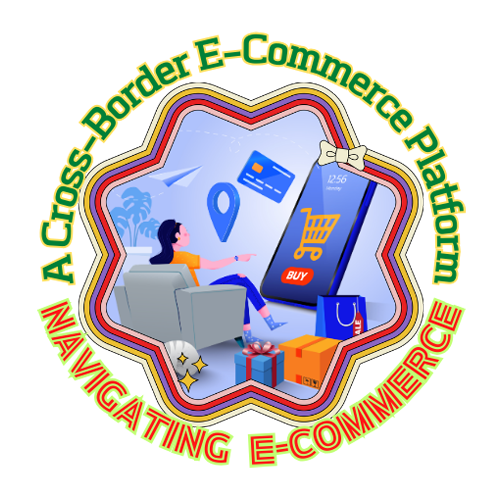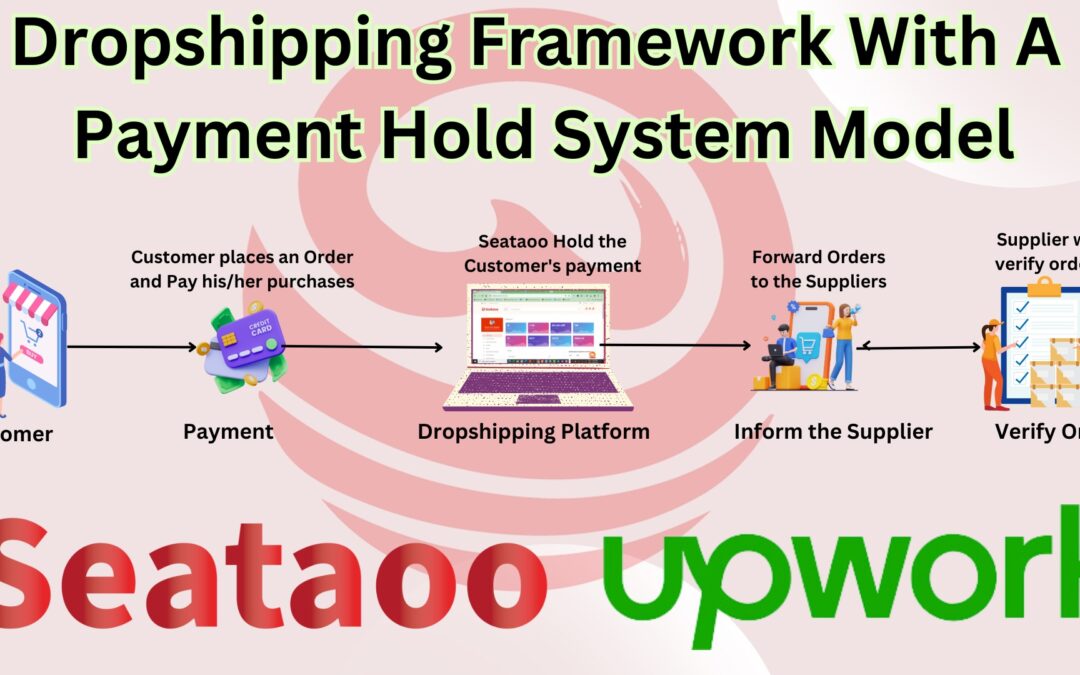E-Commerce Platform That Uses a Dropshipping Business Model With a Payment On-Hold System: The Case of Seataoo
The E-commerce business model we described uses a dropshipping model with a payment on-hold system ay isa sa mga pagbabagong hatid ng pag-unlad ng Teknolohiya, which can be interesting for both sellers and buyers. Sa Pag-unlad ng Teknolohiya ay nakilala ang mga tinatawag na Generative AI na naging katuwang maraming negosyo o kumpanya upang maging madali at mabilis ang bawat proseso at takbo ng negosyo.
Dahil sa paggamit ng mga tinatawag na generative AI ay nagiging mas efficient at nagiging mas-produktibo ang bawat isang indibidwal o empleyado sa tulong ng Artificial Intelligence.
Steps:
- Buyer Places Order & Pays: A customer visits your online store, places an order for a product, and completes the payment.
- Payment on Hold: The customer’s payment is held by your E-commerce platform (not remitted to the seller yet). This protects the buyer in case there are issues with the order.
- Seller Reviews Order: You, the seller, receive a notification about the order. You can then review the order details and decide whether to process it (fulfill) or cancel it.
- Order Processing: If you choose to process the order, the dropshipping platform is notified.
- Dropshipping Fulfillment: The dropshipping platform retrieves the item from your supplier and sorts it for shipment through their logistic partners.
- Delivery to Buyer: The logistic partner delivers the purchased item to the buyer.
- 3-Day Post-Delivery Window: The buyer has a 3-day window after receiving the order to initiate a return or raise any concerns.
- Payment Release: After the 3-day window closes without any issues, the E-commerce platform releases the buyer’s payment to you, the seller, along with your profit margin (the difference between your selling price and the cost you pay the supplier).
Benefits of this Model:
- Reduced Risk for Buyers: Holding the payment until after receiving the order assures buyers they won’t be charged for undelivered items.
- Flexibility for Sellers: You have the option to review orders before committing, allowing you to manage stock discrepancies or potential fraud.
- Lower Overhead Costs: By using dropshipping, you don’t need to hold inventory, reducing upfront costs.
Things to Consider:
- Profit Margins: Since you’re not buying in bulk, your profit margins might be lower compared to traditional inventory models.
- Supplier Reliability: Your business relies heavily on your dropshipping supplier to fulfill orders promptly and accurately.
- Platform Fees: The E-commerce platform might charge fees for holding payments and order processing.
Examples of E-commerce platforms that might support this model:
- Shopify (with additional apps)
- ShipBob (dropshipping fulfillment platform)
Remember, conducting market research and choosing reliable suppliers is crucial for the success of this model.

